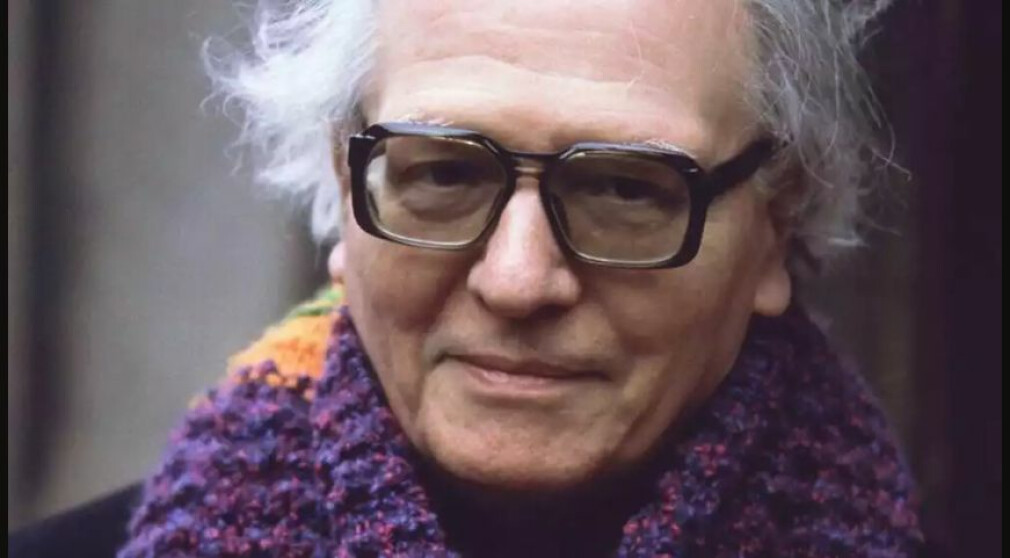All Saints' Day (observed)

For most All Saints’ Day services, we sing the hymn “Shall we gather at the river” in a splendid and surprising arrangement by American organist and composer John Ferguson (1941–2025). Ferguson, who died in January of this year, was noted for his many interpretations of hymnody. Ferguson’s richly varied hymn accompaniments and arrangements were often heard in hymn festivals as he was frequently invited to lead such festivals around the country.
The choral setting of the Gloria in excelsis is from the Missa Papae Marcelli by Giovanni Pierluigi da Palestrina (c. 1525–1594). As we continue our exploration of Palestrina’s music in this his 500th anniversary year, we arrive at his best-known mass, a six-voice setting that was composed in honor of Pope Marcellus II. It is very unlikely that Marcellus ever heard the work sung (his papacy lasted less than a month), and it is possible that Palestrina composed the work many years after Marcellus’s death.
Among the most celebrated composers still writing for Anglican churches today is British composer Grayston Ives (b. 1948). Here at St. Peter’s, in recent years, our services have included many of his anthems, as well as a carol, a mass setting, evensong canticles, and his preces and responses. Today, the choir add another of Ives’s anthems to their repertoire: his lyrical anthem for All Saints Day, “There is a land of pure delight.”
The concluding voluntary, by French organist and composer Olivier Messiaen (1908–1992), paints a grand picture of “the eternal church,” the fellowship of all the saints, eventually building to full organ before coming back down again. The piece, written by a composer of devout faith, is at once mystical, captivating, and transcendent.

